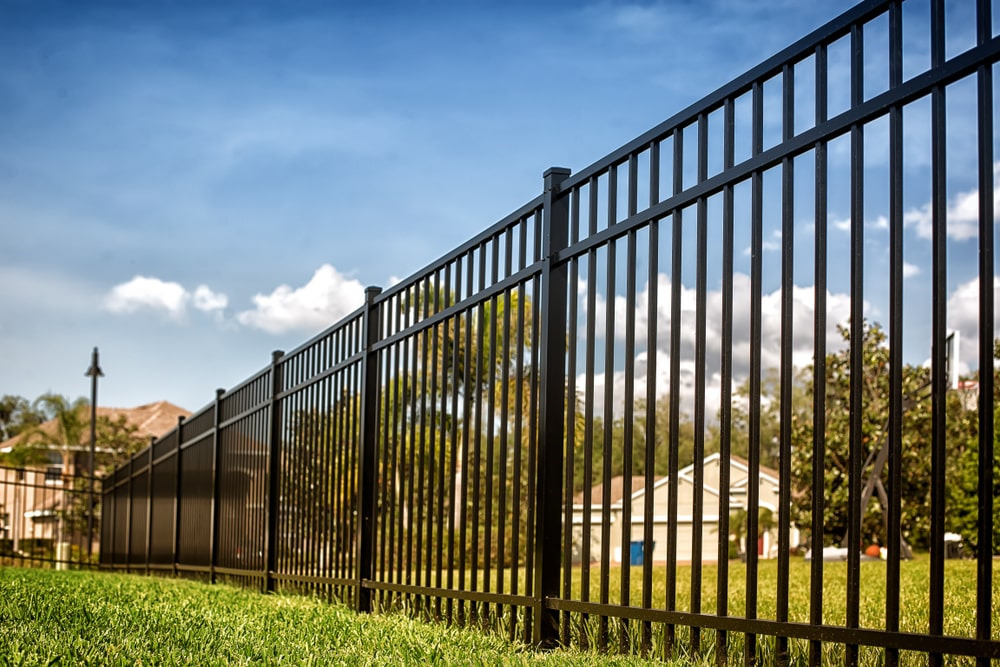Over and above their functional benefits, fences carry significant symbolic significance in culture. As actual physical limitations that delineate restrictions, fences stand for ideas of acquisition, identification, and societal norms. Let’s check out the greater meaning behind fences (ploty) and discover why they can be crucial in shaping man interaction and landscapes.
1. Management and Restrictions:
Fences serve as tangible markers of management, demarcating exactly where a single house finishes and another commences. This delineation of restrictions is not just about bodily space and also about asserting control and sovereignty over one’s domain. Fences symbolize a feeling of acquisition and that belongs, supplying people who have a real reflection in their legal rights and responsibilities.
2. Social Relevance:
In lots of cultures, fences hold serious societal value and they are imbued with meaning that mirrors societal ideals and norms. For example, in some communities, fences are noticed as signs of exclusivity and elitism, separating the haves from your have-nots. In comparison, in more communal civilizations, fences can be more porous, symbolizing openness and inclusivity. Comprehending the cultural circumstance of fences helps us appreciate their symbolic importance in various societies.
3. Sociable Divisions and Addition:
Fences can also symbolize social divisions and exclusions inside neighborhoods. Higher walls and barriers can signify segregation and inequality, creating actual obstacles that individual men and women according to school, race, or ethnic background. On the other hand, fences with available gates and very low walls symbolize inclusivity and link, appealing connections and fostering a sense of group. The design and style and visibility of fences can thus reveal primary sociable dynamics and energy buildings.
4. Enviromentally friendly Effect:
The proliferation of fences has environment ramifications, specifically in rural landscapes. Extensive fencing can fragment habitats and affect wildlife corridors, having an effect on biodiversity and ecosystem well being. Nevertheless, eco-helpful fencing options, including wildlife-pleasant designs and permeable boundaries, supply options that stability human being requirements with environmental efficiency. By minimizing their enviromentally friendly footprint, fences can contribute to the preservation of natural landscapes and animals habitats.
5. Traditional Legacy:
All through record, fences have played significant functions in shaping human being societies and countryside. From ancient fortifications to colonial enclosures, fences have already been utilized to assert control of territory and sources. The legacy of fences is shown in literature, art work, and folklore, where they signify themes of splitting up, confinement, and liberation. Knowing the historical circumstance of fences helps us value their enduring significance in contemporary community.
In conclusion, fences (ploty) are not just physical limitations they are signs that signify sophisticated sociable, ethnic, and ecological dynamics. As guardians of limitations, fences form human relationships and scenery, showing and strengthening social principles and norms. Admiring the symbolic incredible importance of fences enriches our idea of the built setting and our romantic relationship together with the terrain.
